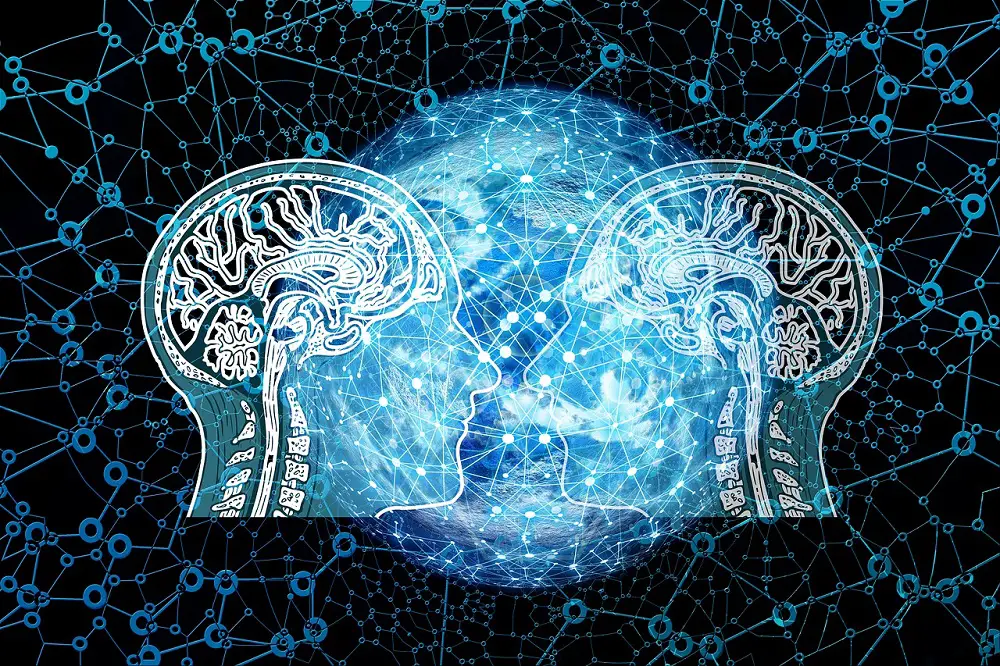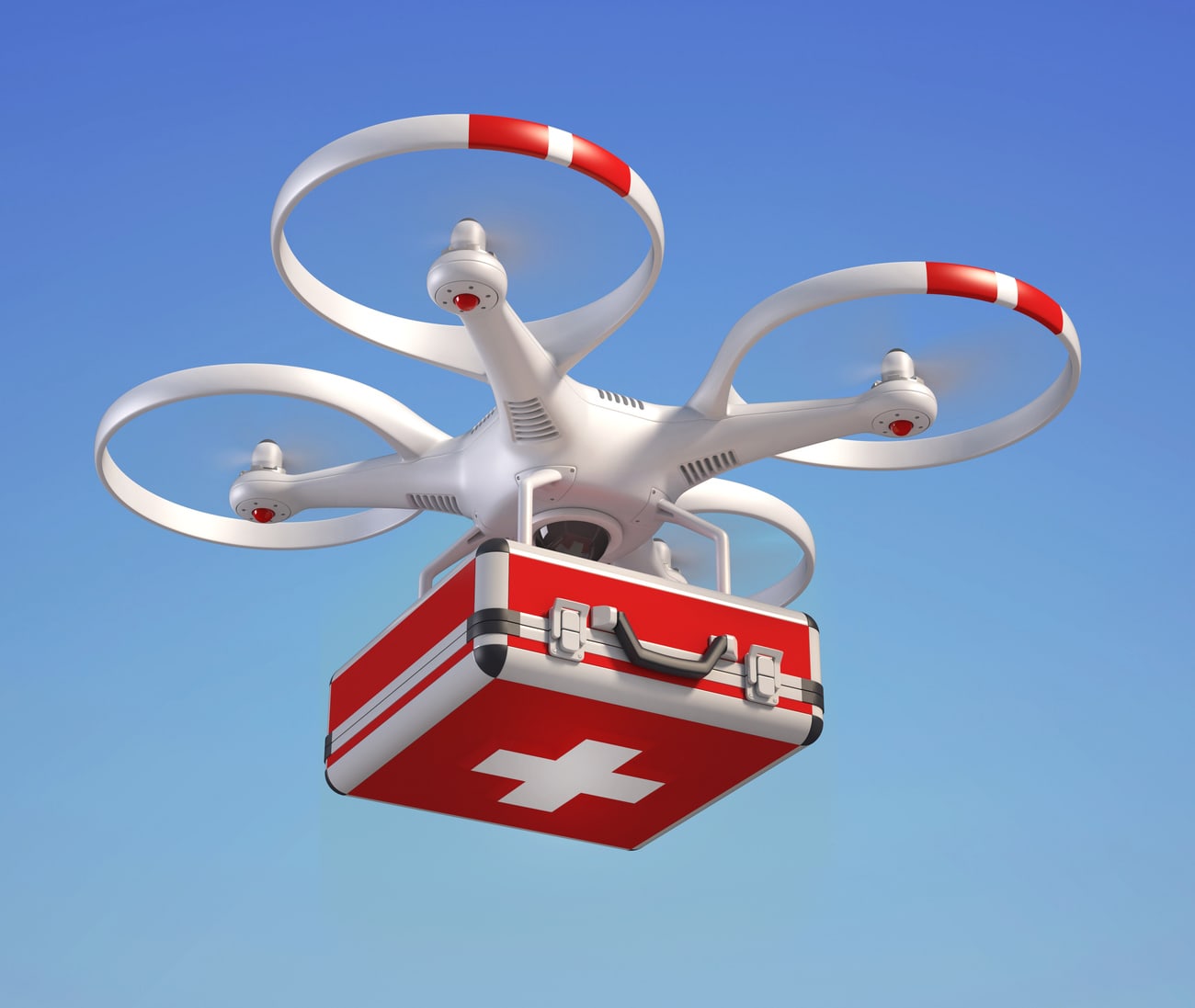AI in Disaster Response and Management: Saving Lives with Technology

Artificial intelligence (AI) is rapidly evolving and finding applications in various fields, including disaster response and management. By leveraging AI’s capabilities, organizations can improve the efficiency and effectiveness of their response to disasters, potentially saving lives and reducing damage.

One key area where AI can assist is in disaster prediction and early warning. AI algorithms can analyze historical data, weather patterns, and environmental conditions to identify potential disaster hotspots and issue early warnings. This information can give communities and authorities ample time to prepare and take preventive measures, such as evacuating vulnerable areas.

During a disaster, AI can play a crucial role in coordinating response efforts. It can track the progress of the event in real-time, identifying areas with the greatest need for assistance. By analyzing social media data, sensor readings, and other sources, AI can help responders identify victims trapped in debris, vulnerable populations, and critical infrastructure in need of repair. This situational awareness enables responders to allocate resources and prioritize actions effectively.
AI can also assist in search and rescue operations. AI-powered drones and robots can be deployed to hazardous areas to locate survivors, assess damage, and deliver supplies. These autonomous systems can operate in dangerous conditions where human responders may be at risk, increasing the chances of saving lives.
Data analysis is another area where AI excels. By analyzing vast amounts of data, AI can identify patterns and trends that can inform disaster management strategies. For instance, AI can help identify evacuation routes that are less prone to traffic congestion or areas that are at high risk of flooding. This knowledge can help authorities improve preparedness plans and reduce the impact of future disasters.
Moreover, AI can facilitate communication during and after disasters. AI-powered chatbots can provide real-time information and support to survivors, keeping them informed and connected. Language translation AI can help responders communicate with survivors who speak different languages, ensuring that everyone has access to essential information.
In summary, AI has the potential to revolutionize disaster response and management. By leveraging its capabilities in prediction, coordination, search and rescue, data analysis, and communication, AI can enhance situational awareness, improve coordination, save lives, and mitigate the impact of disasters. As AI continues to advance, its role in disaster management is expected to grow even further, contributing to a safer and more resilient society.## AI In Disaster Response And Management: Saving Lives With Technology
Executive Summary
Artificial intelligence (AI) is rapidly transforming the way we respond to and manage disasters. From predicting and forecasting disasters to providing real-time information to first responders, AI has the potential to save lives and improve outcomes. This article will explore the various ways AI is being used in disaster response and management, highlighting its benefits and challenges.
Introduction
Disasters, both natural and man-made, can have devastating impacts on communities around the world. In recent years, we have witnessed an increase in the frequency and severity of disasters, making it more critical than ever to find innovative ways to respond and manage these events. AI, with its ability to process vast amounts of data and identify patterns, has emerged as a powerful tool in the field of disaster response and management.
Frequently Asked Questions (FAQs)
-
What is the role of AI in disaster response and management?
AI’s role is to assist in predicting, forecasting, and responding to disasters by providing real-time information, analyzing data, and making decisions. -
How can AI improve disaster response efforts?
AI can improve disaster response efforts by enhancing situational awareness, optimizing resource allocation, and facilitating communication between first responders and disaster victims. -
What are the challenges of using AI in disaster response?
Challenges include data availability and quality, the need for specialized training for first responders, potential biases in AI algorithms, and ethical considerations.
Top 5 Subtopics
1. Disaster Prediction and Forecasting
AI algorithms can analyze historical data, weather patterns, and other factors to predict and forecast the likelihood and severity of disasters. This information can provide valuable lead time for communities to prepare and take preventive measures.
- Real-time data monitoring: AI can monitor data from sensors, satellites, and social media to detect early signs of disasters.
- Predictive modeling: AI can analyze historical data and identify patterns to predict the likelihood and intensity of future events.
- Scenario planning: AI can simulate different disaster scenarios to help decision-makers develop effective response plans.
2. Real-Time Situation Assessment
AI can gather and analyze data from multiple sources, including satellite imagery, social media, and sensor networks, to provide real-time information about the extent and severity of disasters. This information can help first responders make informed decisions and prioritize their efforts.
- Damage assessment: AI can analyze satellite imagery to identify damaged areas and estimate the extent of infrastructure damage.
- Needs assessment: AI can analyze data from social media and other sources to identify the needs of disaster victims, such as food, water, and shelter.
- Search and rescue operations: AI can assist in search and rescue operations by identifying trapped victims and optimizing search patterns.
3. Resource Optimization
AI can analyze real-time data to optimize the allocation of resources, such as personnel, vehicles, and supplies, to areas where they are most needed. This can help ensure that resources are used efficiently and effectively.
- Logistics management: AI can optimize logistics and transportation operations to ensure that resources are delivered to affected areas as quickly as possible.
- Resource allocation: AI can analyze data to identify the areas with the greatest need and allocate resources accordingly.
- Supply chain management: AI can monitor supply chains and identify potential disruptions to ensure a steady flow of critical supplies.
4. Communication and Coordination
AI can facilitate communication between first responders, disaster victims, and decision-makers by providing a central platform for sharing information and coordinating response efforts.
- Information dissemination: AI can distribute real-time information and alerts to first responders and disaster victims through various channels.
- Collaboration tools: AI-powered collaboration tools can connect first responders and disaster victims, enabling them to share information and coordinate their efforts.
- Decision support: AI can provide decision-makers with up-to-date information and insights to support their decision-making process.
5. Ethical Considerations
The use of AI in disaster response and management raises important ethical considerations, such as data privacy, bias, and accountability. It is crucial to address these issues to ensure that AI is used responsibly and ethically.
- Data privacy: AI algorithms require access to large amounts of data, which raises concerns about privacy and confidentiality.
- Bias: AI algorithms can be biased if they are trained on incomplete or biased data. It is important to mitigate bias to ensure that AI systems make fair and equitable decisions.
- Accountability: It is essential to establish clear lines of accountability for AI systems used in disaster response and
